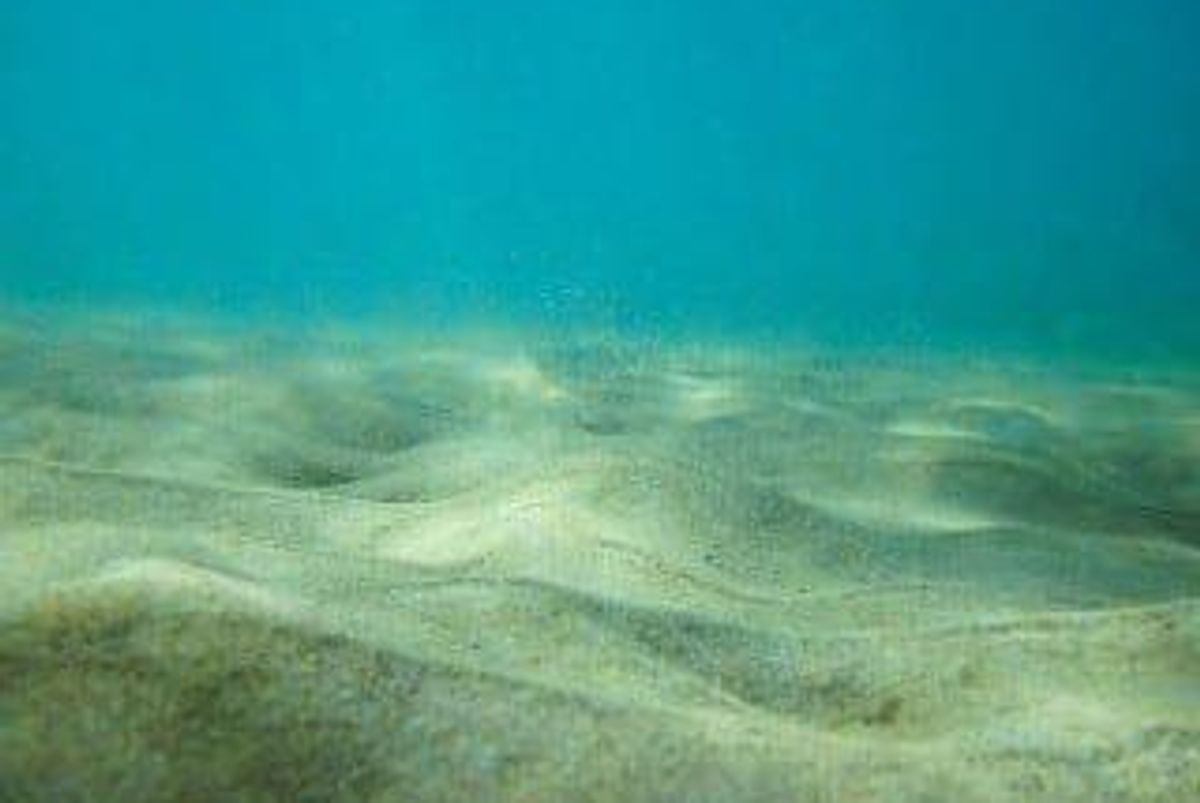- AustraliaNorth AmericaWorld
Investing News NetworkYour trusted source for investing success
- Lithium Outlook
- Oil and Gas Outlook
- Gold Outlook Report
- Uranium Outlook
- Rare Earths Outlook
- All Outlook Reports
- Top Generative AI Stocks
- Top EV Stocks
- Biggest AI Companies
- Biggest Blockchain Stocks
- Biggest Cryptocurrency-mining Stocks
- Biggest Cybersecurity Companies
- Biggest Robotics Companies
- Biggest Social Media Companies
- Biggest Technology ETFs
- Artificial Intellgience ETFs
- Robotics ETFs
- Canadian Cryptocurrency ETFs
- Artificial Intelligence Outlook
- EV Outlook
- Cleantech Outlook
- Crypto Outlook
- Tech Outlook
- All Market Outlook Reports
- Cannabis Weekly Round-Up
- Top Alzheimer's Treatment Stocks
- Top Biotech Stocks
- Top Plant-based Food Stocks
- Biggest Cannabis Stocks
- Biggest Pharma Stocks
- Longevity Stocks to Watch
- Psychedelics Stocks to Watch
- Top Cobalt Stocks
- Small Biotech ETFs to Watch
- Top Life Science ETFs
- Biggest Pharmaceutical ETFs
- Life Science Outlook
- Biotech Outlook
- Cannabis Outlook
- Pharma Outlook
- Psychedelics Outlook
- All Market Outlook Reports

Ocean Minerals, an aspiring seafloor mining company, signed an agreement in September 2016 for exclusive rights to explore for rare earth sediments in the Cook Islands.
Compared to other processes seafloor mining is a relatively new way to retrieve minerals, although its idea stems back to the 1870s. Some companies have recently been given the go-ahead to explore the seabed for rare earth elements.
Ocean Minerals–a newly aspiring seafloor miner–signed an agreement back in September 2016 for exclusive rights to explore for rare earth sediments in the Cook Islands. The agreement allows Ocean Minerals exclusive rights to explore those areas.
The Investing News Network (INN) had the chance to speak with Ron Rose, director/manager, CEO and president of Ocean Minerals about its exploration opportunities on the Cook Islands and the growing interest in seafloor mining in the rare earths sector. Some key highlights include: what steps the company is taking; if seafloor mining in rare earths is expected to grow; what makes seafloor mining a better alternative; and what investors need to know about seafloor mining.
Below is a transcript of our conversation. It has been edited for clarity and brevity. Read on to see what Rose had to say.
INN:How has the company progressed since the release of the potential new sources of rare earth in September?
RR: We have been trying to line up investors to come in to help us get to our next stage, which is a prospecting stage where we’re putting together our crews that will go out and do some baseline studies.
The next steps that are being taken is the planning of the crews and from that it will be acquiring more bulk samples in the areas that we already reserved, so we’ve got 12,000 square kilometers reserved. We’ve focused in on an area that already has samples that showed very high percentages of scandium and rare earth elements.
We know we’ve got a good area, so now we’re trying to firm it up and just get some big bulk samples so that we can do a lot of processing and test work. In addition, we’ve got another 48,000 square kilometers that we’ve got right of first refusal on. With that right of first refusal, we will go out there and do some sampling just to see whether we would want to exercise a exploration on that as well.
What this is going to entail is us applying for a prospecting permit from the Cook Islands government to have this under way, but we’ve been in communication with them and it’s about a six-month process to go through. We haven’t initiated it yet, we’re waiting to make sure we have the funds before we actually apply for the permit. We’re shooting for sometime in late summer or fall of 2017.
INN: Did the company always have its sights set on sea floor mining?
RR: No, the genesis of the company actually was born out of a research project initiated for one of the US Department of Defense contracts to look for non-terrestrial based rare earth elements because of their uncertainty of long-term supply out of China. It was more of just a research and development project given to Deep Reach Technology. Deep Reach Technology is our sister company, so when it was going through the study, which started in 2014, they discovered that not only did the Cook Islands have elevated amounts of rare earth elements, but elevated amounts of scandium.
Deep Reach Technology spun off Ocean Minerals to be able to pursue the elements with the Cook Islands government and to be a resource developing company. So, Ocean Minerals has signed an agreement with Deep Reach Technology to have them be the owners/engineers for the project.
INN: Do you think sea floor mining is a method that you expect to grow in the rare earth element sector?
RR: Yes, it’s something that is unlike terrestrial rare earth elements. It’s coming from a whole different suite of minerals associated with it in the sea floor sediments as opposed to land based. There does not appear to be near the environmental issues associated with that. The things that you’ll have to contend with environmentally in the ocean, of course, would be sediment plume when you’re putting tailings back down at the ocean bottom and things of that nature. It could be disruption to some of the fish and mammals, whale species and some of the things of that sort, by noise and lights and things like that. So those are the sort of issues that you need to watch out for.
Now, you know, there will be no discharges into the upper levels of the water, everything would go back down to the ocean bottom. We’re talking five kilometers down so it’s very, very deep. It’s so deep that shells cannot even exist, calcium carbonate shells, anything with a shell, it dissolves at that depth.
INN: What makes seafloor mining a better alternative?
RR: Well, for one thing, the radioactive elements are not associated with that. Your tailings get placed back down at the ocean bottom, so you don’t have any kind of impact on land or people that are associated with mining that. That’s land based; you know you always have tailings and discharges and potential accidents that happen on land based mining, which you don’t have out at sea.
This will be something that is out of sight of land. It’s basically a ship that sits over a riser pipe that comes up from the sea floor. The ship just moves around over top of where a crawler drags at the very, very bottom. It does the actual mining and then the material is pumped to the surface. The material is processed on the boat and then the tailings get pumped right back down and are discharged at the ocean bottom into the pits that were excavated before. So it’s a continuous operation, if you have storms or large surf or something like that you can detach from the riser pipe and move the ship off into a safe area, come back later on and re-attach the riser pipe and continue your operations.
INN: Is there something specific about seafloor mining that investors should be aware of?
RR: It’s peculiar in that your cost associated with the exploration and development of an ocean bottom mineral is much more costly to do the initial exploration work–having to organize ship crews and the cost of pulling samples up from five kilometers deep.
You do have more of a front end loading of cost associated with just getting yourself to a resource and reserve categorization. So, that is one thing that will actually impact the process. This means we’re sort of shooting for somewhere in the eight to ten-million-dollar range, initially, to get the first couple of cruises under our belt, and confirm our geologic model and get our bulk samples for processing work.
Don’t forget to follow us @INN_Resource for real-time news updates!
Securities Disclosure: I, Jocelyn Aspa, hold no direct investment interest in any company mentioned in this article.
Editorial Disclosure: The Investing News Network does not guarantee the accuracy or thoroughness of the information reported in the interviews it conducts. The opinions expressed in these interviews do not reflect the opinions of the Investing News Network and do not constitute investment advice. All readers are encouraged to perform their own due diligence.
Latest News
Outlook Reports
Featured Critical Metals Stocks
Browse Companies
MARKETS
COMMODITIES
| Commodities | |||
|---|---|---|---|
| Gold | 2299.07 | -25.14 | |
| Silver | 26.54 | -0.24 | |
| Copper | 4.48 | -0.07 | |
| Oil | 78.62 | -0.38 | |
| Heating Oil | 2.43 | -0.03 | |
| Natural Gas | 2.03 | +0.10 | |
Investing News Network websites or approved third-party tools use cookies. Please refer to the cookie policy for collected data, privacy and GDPR compliance. By continuing to browse the site, you agree to our use of cookies.




